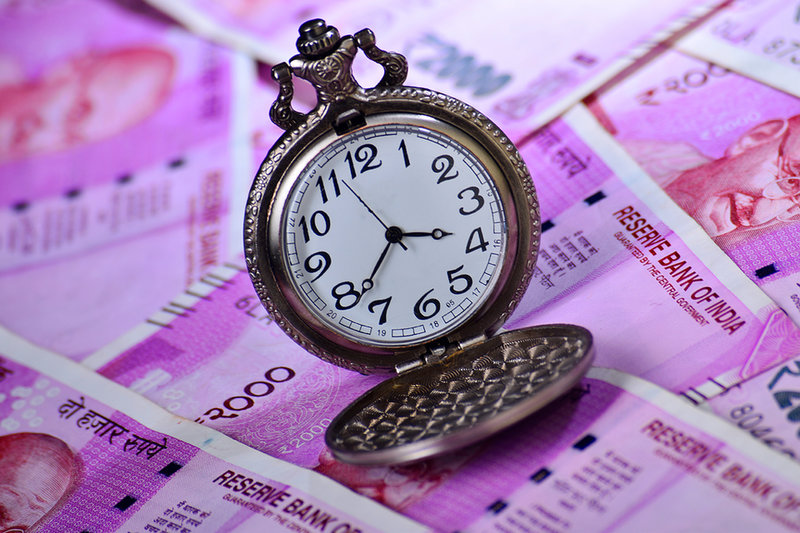Comment
India’s structural growth-propelling it into a key global economy
India remains a globally attractive destination for investment, supported by the rising domestic consumption of the middle class, robust infrastructure, and a vibrant class of domestic institutional investors. Luca Castoldi writes.

Credit: Shutterstock
India, at about $2,000 GDP per capita, is where China was 15 years ago, and with 1.4 billion people, the country has the largest population with a good, well-educated and skilled group of young people and workforce. The country is expected to add 200 million people to its workforce between 2020 and 2050, increasing GDP growth and adding to the country’s consumer base.
Starting with the consumption story, India’s household spending has more than doubled in over a decade. The average monthly per capita expenditure in urban areas rose to an estimated INR6,459 ($78) in the most recent survey, from INR2,630 in 2012. In rural India it climbed to INR3,773 ($32) from INR1,430.
At the same time, households are spending less as a percentage of income on food, decreasing from 53% to 46%, while allocating more to clothes, televisions and entertainment. India has one of the lowest penetration of goods and services as a proportion of income and we expect this will steadily rise with increasing incomes. Growing urbanisation and education will also fuel this trend.
With Prime Minister Nareda Modi widely expected to retain power in the forthcoming election, we also expect continued reforms in the manufacturing sector, with the simplification of the country’s taxation system, improved governance and government focus on physical and digital infrastructure.
Thanks to this benign environment, Gross Fixed Capital formation is seeing a strong uptick, with the “China +1” policy and tension between developed countries and China offering the catalyst for corporates to move their supply chains into another significant consumption market. So far India has been mainly a service export hub with $450bn of annual service exports (12.5% of India GDP), mainly focused on the info-tech service.
With its large and increasing workforce, the country is now focusing on its “Make in India” initiative, to attract manufacturing capital with the development of special economic zones, providing production-linked incentives in areas of import-substitution, investment in infrastructure, and companies looking to diversify their investment base. The plan is to increase the manufacturing sector’s contribution to GDP to 25% by 2025 from the current 14%.
The county is also reaping the benefit of the reforms made over the past few years, through cleaning up its banking system, to lifting tax revenues as a percentage of GDP and improving the country’s fiscal position, together with the simplification of rules and delivering greater flexibility for employers.
Government spending and domestic demand have driven growth, and the economy is forecast to expand 6% in 2024, a level it is expected to maintain in the following years, resulting in India emerging as a Top 3 global economy as early as 2027, with a GDP of $5trn. The long-term target is income rising to over $12,000 and GDP growing to $19trn, equivalent to China’s current position.
From a market perspective, despite having the oldest stock exchange in Asia, established in 1875, the Indian stock market has been dominated by a few large companies, with no representation of new economy sectors, such as digital and online businesses. However, this is rapidly changing with the rise of unicorns, providing investors with more opportunities.

Luca Castoldi, Senior Portfolio Manager at REYL Intesa Sanpaolo
The main challenges, like any growing nation, are in essential structural reforms, particularly in the provision of power and in law and order, including rooting out corruption and ensuring an efficient justice system. The demographic dividend must be capitalised on with job creation and productivity enhancement, together with enhancing the quality of education and addressing income disparities.
The risks for the country in the short term are high inflation forcing the central bank to keep higher rates for longer, together with a current account trade deficit if global demand continues to soften. Fiscal balances are stretched and could affect the currency. Currency depreciation is bad for inflation given the country’s heavy reliance on imports, especially oil.
In conclusion, the investment opportunity in India is compelling. A combination of domestic reforms focused on encouraging inward investment, its growing workforce and external factors, such as tensions with China all point to a growth story for the country. No investment is without risks but India’s structural growth, carefully managed, should propel it into one of the world’s key economies.
Luca Castoldi is a Senior Portfolio Manager at REYL Intesa Sanpaolo